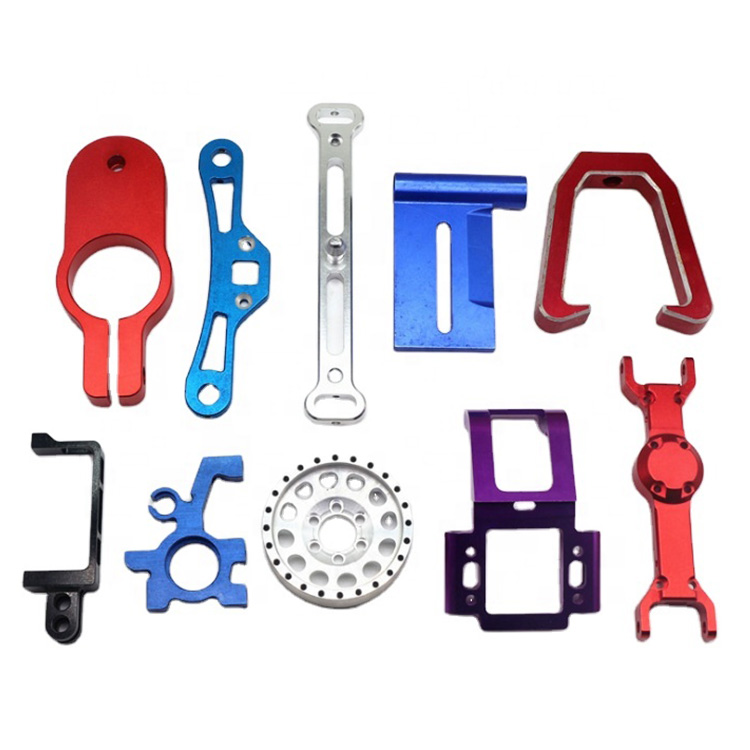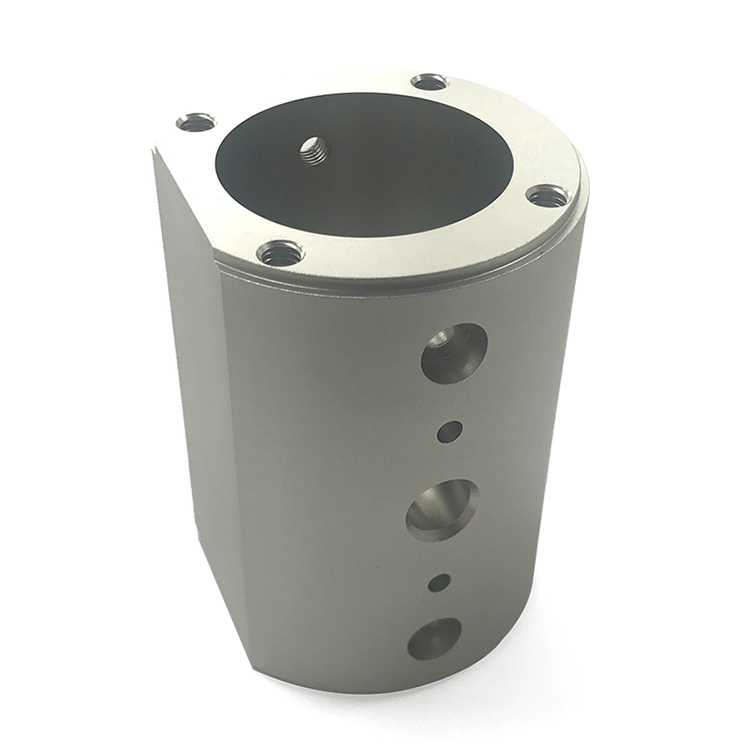
The Difference Between CNC Machining and Injection Molding
The Difference Between CNC Machining and Injection Molding in the Trial Production and Mass Production
The difference between using CNC machining and injection molding for parts in the trial production stage and mass production stage, respectively
There are some significant differences between the trial production stage and the mass production stage when using CNC machining and injection molding as two different manufacturing methods:
During the trial production phase, CNC machining will be used
Rapid prototyping: CNC machining is commonly used in the trial production stage to quickly produce part samples for verifying design and shape.
Low manufacturing cost: For small batches or single samples, CNC machining usually has lower costs because it does not require large-scale mold manufacturing.
Flexibility: CNC machining is suitable for trial parts of different materials and complex geometries, as it does not require customized molds.
Precision and Detail: CNC machining can achieve high precision and complex details, suitable for manufacturing trial parts with complex shapes.
Injection molding is used in the mass production stage:
Mass production: Injection molding is commonly used for mass production because the cost of manufacturing molds for producing a large number of identical parts is relatively high, but it is more economical in the long run.
Low unit cost: Once the mold manufacturing is completed, the unit cost of each injection molded part is usually low, especially in mass production.
High production speed: Injection molding machines can produce a large number of parts in a short period of time, making them suitable for high production demand.
Consistency: Injection molding can ensure that mass-produced parts have consistent dimensions and quality, meeting quality standards.
Material selection: Injection molding allows the use of a wide range of plastic materials to meet specific performance and application requirements.
Overall, CNC machining is suitable for the trial production stage, where sample demand is limited and rapid design validation is required. Once the design is stable and enters the mass production stage, injection molding is usually a more economical and efficient choice, especially suitable for large-scale production. The choice of manufacturing method depends on the requirements, costs, and part design of the production stage.









